The Importance of Crop Rotation in Your Vegetable Garden
If you’ve ever planted the same vegetable in the same spot every year and noticed your harvest getting smaller, you’re not alone. That’s where crop rotation comes in. It’s a simple method of switching up where you grow your vegetables each season to help your garden thrive.
Crop rotation helps keep soil healthy, cuts down on garden pests, and supports better harvests without needing too much extra work. Instead of replanting the same thing in the same bed, you just rotate plant families from one section to another over a few years.
This post may contain affiliate links, which helps keep this content free. Please read our disclosure for more info.
What is Crop Rotation?
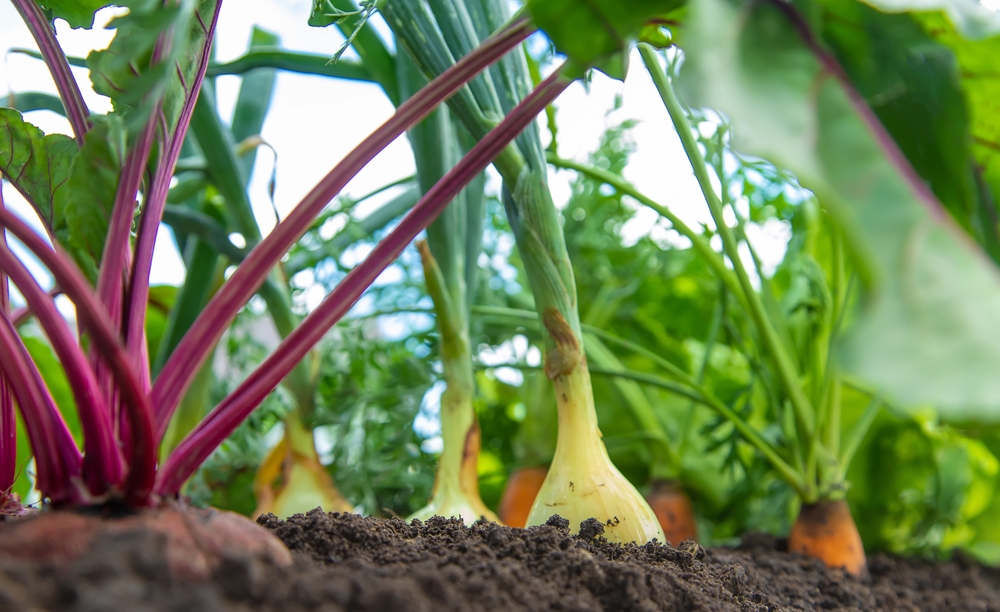
Crop rotation means changing the type of vegetables grown in each garden bed from one season or year to the next. Instead of growing tomatoes in the same spot year after year, for example, you’d follow them with beans, then maybe carrots the year after that.
The idea is to group vegetables by plant family and move them around in a planned cycle. Each group interacts with the soil in a different way, so rotating them balances what the soil gives and takes.
Benefits of Crop Rotation
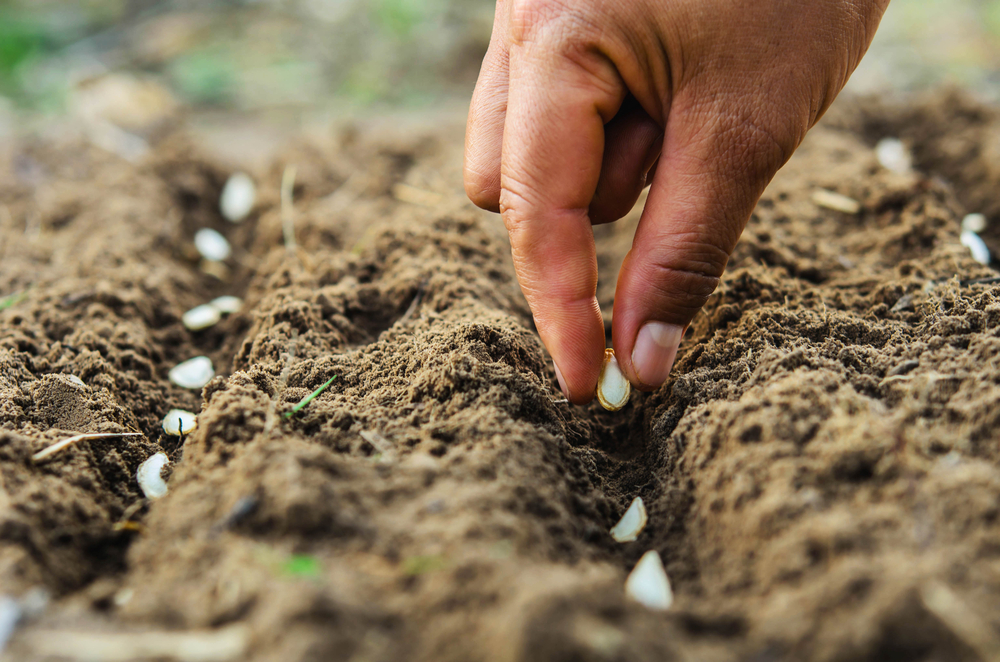
One of the biggest perks of rotating your crops is how much it helps your soil. Some plants take a lot from the soil, while others help put nutrients back in. Rotating crops helps keep your soil from getting worn out too quickly.
- Legumes like beans and peas help put nitrogen into the soil
- Leafy greens make good use of that nitrogen
- Root crops pull less from the soil and prepare it for the next round
Crop rotation also confuses pests and diseases. Many bugs and fungi target specific types of plants, so when those plants move around, the pests don’t get a chance to settle in.
Rotating crops also helps balance the nutrients in your soil. Each plant uses a different mix of nitrogen, phosphorus, and potassium. By rotating, you can keep those levels from getting too high or too low.
How to Implement Crop Rotation in Your Garden
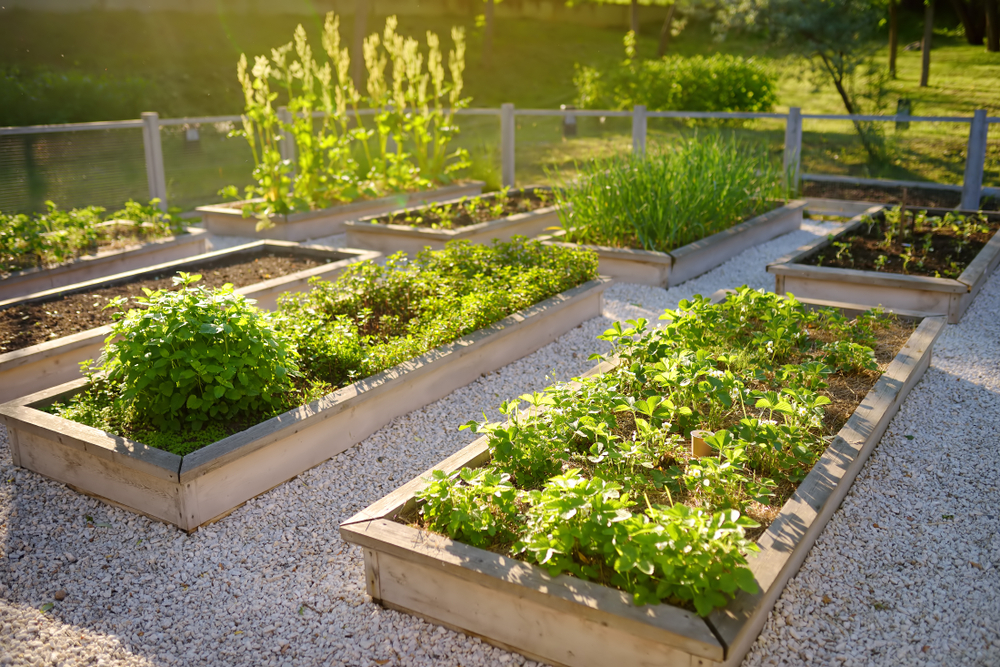
Start by dividing your garden into sections and grouping your crops by plant family. Each year, move each group to a new section. Keep a simple chart or garden journal to track where things were planted each season. Even a rough sketch can help you stay organized.
When choosing what to rotate, remember that just changing the vegetable isn’t enough if it’s in the same family. For example, peppers and tomatoes are both nightshades, so switching between them doesn’t count as a full rotation.
Common Mistakes to Avoid in Crop Rotation
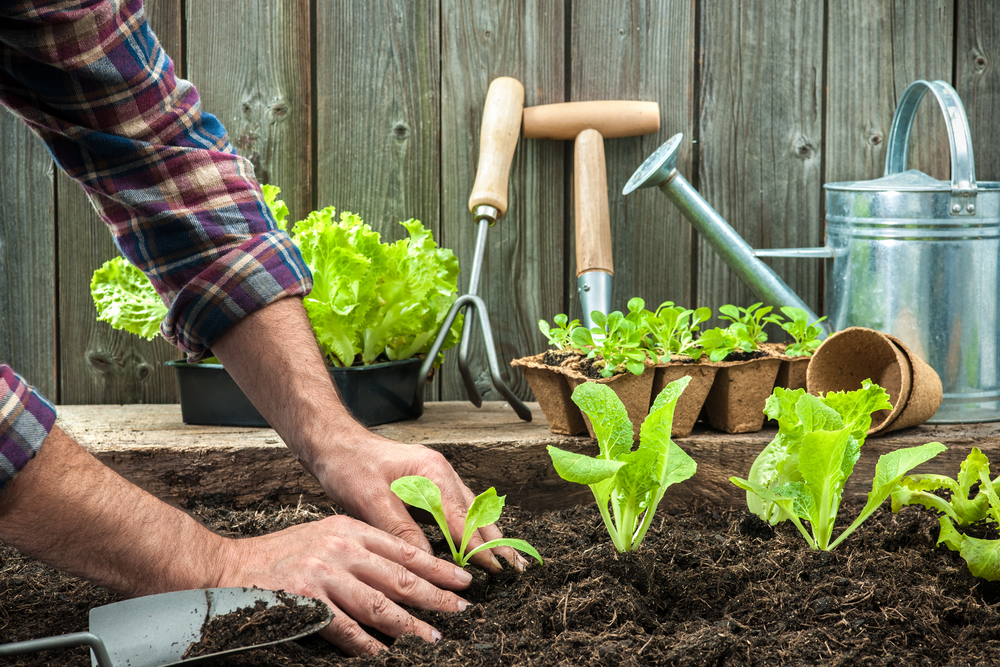
One easy mistake is moving crops too quickly. If you bring a crop back to the same spot before a few seasons have passed, you may not avoid soil problems or pests. Try to wait at least three years before planting the same crop family in the same area again.
Another mistake is not keeping track of plant families. Just because your garden looks different doesn’t mean the soil sees it that way. If you plant eggplants one year and peppers the next in the same bed, that’s still the same crop family.
Crop Rotation and Sustainable Gardening
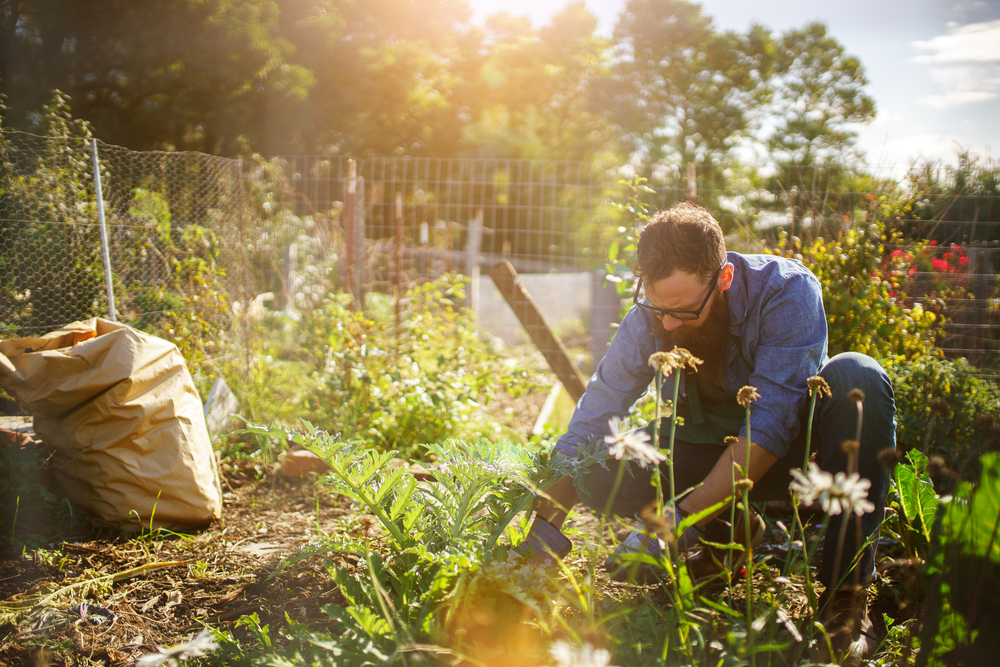
Rotating crops is a simple way to garden in a more sustainable way. It supports soil health, cuts down on chemical use, and helps your garden bounce back season after season.
By working with the natural cycle of soil and plants, you reduce the need for synthetic fertilizers and pest control products. This not only helps your vegetables grow better but also keeps your garden healthier over time.
If you’re practicing organic gardening, crop rotation fits right in. It’s a natural method that works with the soil instead of against it. You won’t need to rely on sprays or treatments as much, which is better for your plants and the environment around you.
Crop rotation may seem like a small change, but it makes a big difference over time. It helps keep your soil rich, your plants strong, and your garden running smoothly year after year.
This article originally appeared on Avocadu.
